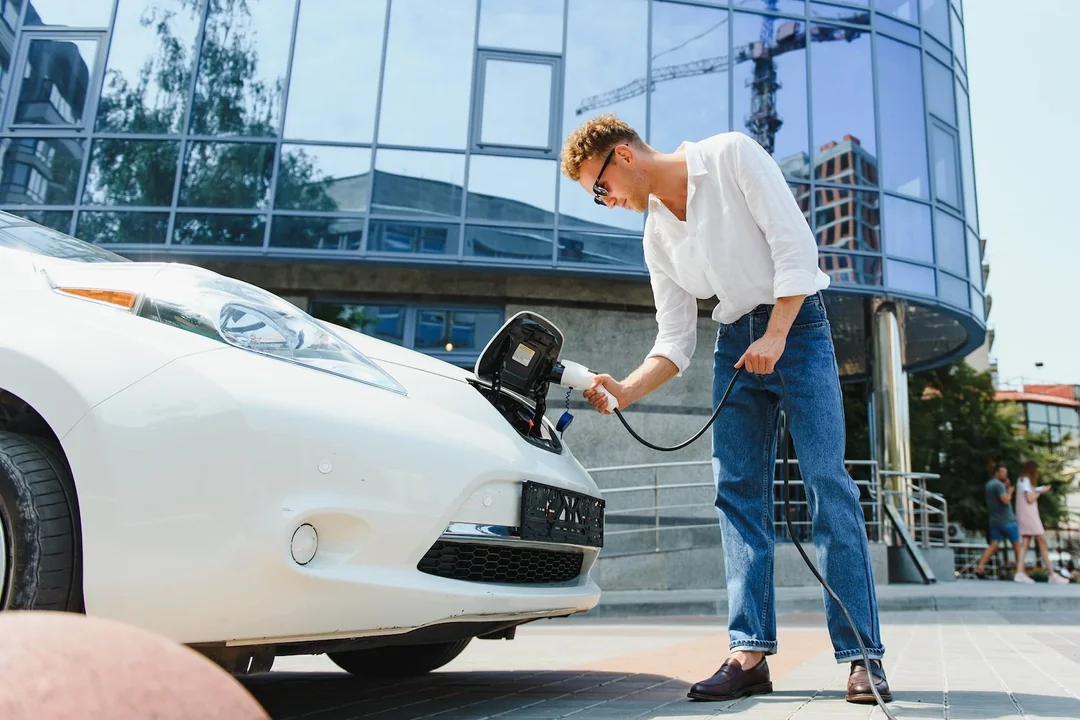There’s arguably never been a more appealing time to purchase an electric vehicle. Virtually all major automakers now offer at least one EV model, with many more in development.
Gone are the days when electric cars could barely muster double-digit driving ranges today’s longest-range EVs can rival the distance of most gasoline-powered vehicles before needing a recharge.
In fact, electric cars now outperform their internal combustion rivals in several key areas, and the top EVs available today cover all major categories, from rugged pickups to high-end luxury sedans.
Still, the rapid evolution of EV technology doesn’t mean the road ahead is entirely smooth. In the U.S., adoption of electric vehicles remains relatively modest and for understandable reasons.
Many of the biggest challenges still facing EVs are significant enough to dissuade potential buyers. These issues must be thoroughly addressed before electric vehicles can become the mainstream choice for most drivers.
The complication is that many of these problems lack simple solutions, and fixing them could take years of development and potentially billions of dollars assuming they can be solved at all.
These are the most critical challenges that EV engineers are still trying to overcome.
1. Lack of charging infrastructure
Arguably the most significant obstacle for the EV market is the limited availability of accessible charging infrastructure.
The U.S. has had over a century to build out its extensive network of gas stations, but to support widespread EV adoption, a similarly robust network of charging stations must be established within the next ten years.
The federal government is aware of this necessity in 2022, Congress passed legislation to fund the development of 500,000 new EV chargers, emphasizing underserved rural and remote regions.
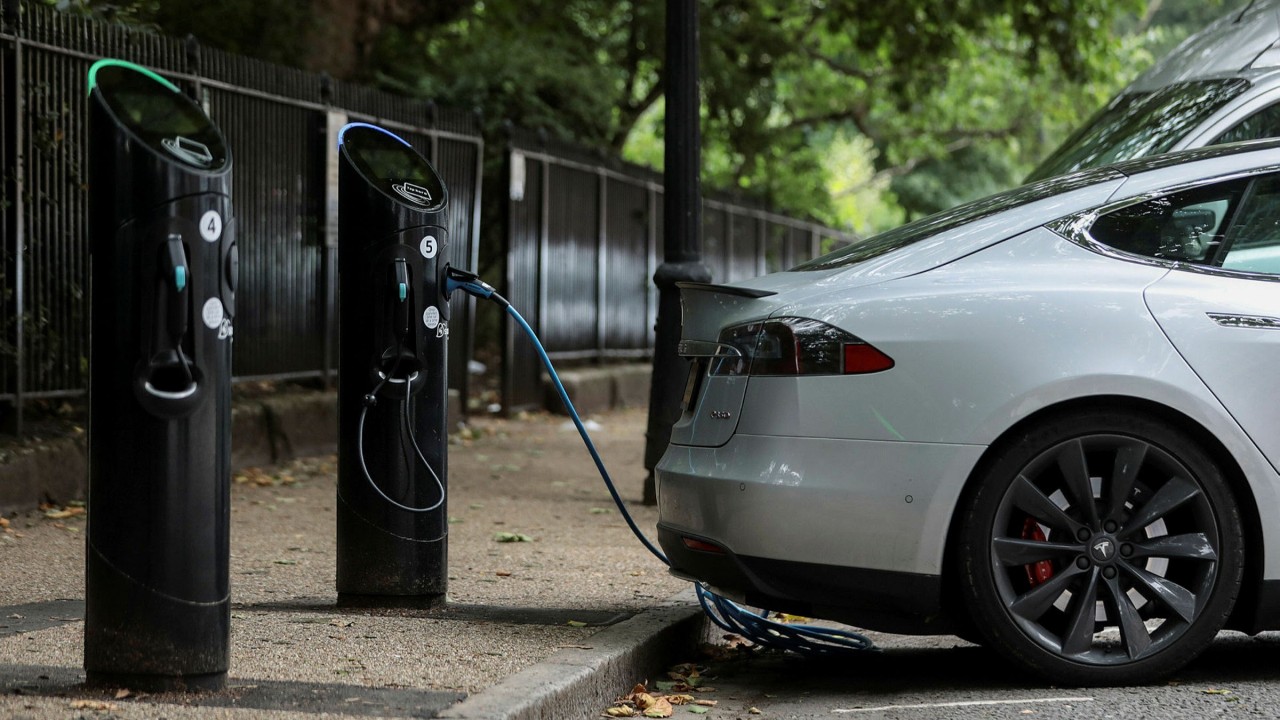
Despite that progress, the current state of EV charging makes owning an electric vehicle unworkable for many Americans, particularly those living outside of major metropolitan areas.
Even within cities, drivers who lack a private driveway or garage must rely on public chargers, which can be inconsistent and unreliable.
Until these issues are fully addressed and charging an EV becomes as simple and convenient as refueling at a traditional gas station, a significant portion of the population is likely to remain cautious about switching to electric vehicles.
Also Read: 12 Plug-In Hybrid Cars with the Longest Electric Range in 2025
2. Range Anxiety
A problem closely tied to the lack of sufficient charging infrastructure is range anxiety.
While modern electric vehicles with the longest ranges can now travel over 300 miles on a full charge, the uneven distribution of charging stations combined with the occasional inaccuracy of EV range displays can turn longer drives into a nerve-racking experience.
Understandably, most people prefer to avoid unnecessary stress in their daily routines and often choose not to consider an electric vehicle for that very reason.

As the infrastructure network expands and battery ranges continue to improve, range anxiety will likely decrease over time. However, at present, it remains one of the most significant barriers to broader EV adoption.
Telling potential buyers that statistics show most EV drivers rarely run out of charge is one thing convincing them not to worry about it in the first place is an entirely different challenge.
Fortunately, the solution is already in motion: increased investment in charging infrastructure and the advancement of long-range battery technology.
Nevertheless, it will still take years along with billions in investment before those developments can fully eliminate range anxiety.
3. Charging Speeds
Even if electric vehicle chargers eventually become as widespread as gas stations, there’s still the lingering concern over how long it takes to fully recharge a car.
There are various types of chargers available for both residential and public use, with the fastest among them capable of adding more than 100 miles of range in just 10–20 minutes. Still, that’s considerably slower than a quick stop at a gas station.
Moreover, those high-speed Level 3 chargers cannot be installed at home. To complicate things further, not all EVs are compatible with the same level of fast charging.
So, depending on your vehicle’s make and model, you may not even be able to take advantage of those faster chargers even if one happens to be nearby.
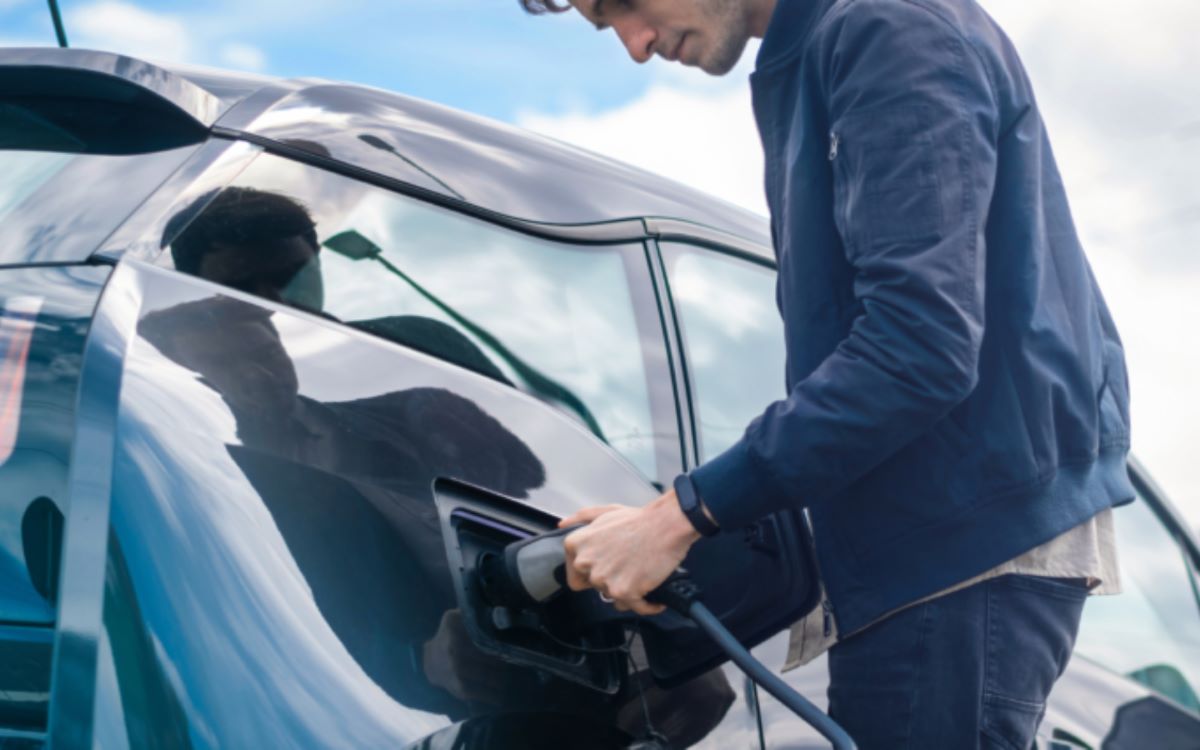
Using public charging stations also isn’t always a smooth process. Most networks require users to download and register through their own apps to initiate a charging session.
If your area is served by multiple providers, you may find yourself juggling several different apps just to access all the available stations.
Setting all of that up correctly introduces added hassle and delays, making the entire experience considerably more time-consuming than simply pulling into a gas station and refueling your tank.
4. Affordability
Even with prices slowly declining in recent months, electric vehicles still tend to cost more on average than their gas-powered counterparts a major concern for cost-conscious buyers.
As reported by Kelley Blue Book, the average price of a new car in the U.S. in December 2022 was $49,507, whereas the average new EV cost climbed to $61,448.
Disruptions caused by supply chain bottlenecks and pandemic-era delays pushed car prices to record highs in recent years, sidelining some buyers altogether and pushing others toward extended financing terms just to keep monthly payments within reach.

It’s no surprise that, when faced with limited production capacity, automakers chose to prioritize models with higher profit margins. This approach often resulted in extremely long wait times for more affordable vehicles.
For many shoppers already stretching their budgets to the limit, hearing that EVs come with an additional premium only adds to their reluctance especially in an already inflated market.
5. Battery Degradation
One of the most important factors car buyers consider is how long a vehicle is expected to last. Today’s modern cars are more durable than ever, thanks in large part to advances in materials and manufacturing techniques over time.
However, electric vehicles introduce a unique variable that remains somewhat uncertain the long-term degradation of their batteries.
While EVs don’t have many of the moving parts that wear out in traditional combustion engines, the longevity of their battery packs is still a point of concern.
Most of the degradation data currently available comes from Tesla, and the figures are encouraging on average, the company reported that its batteries lost just 12% of their capacity after 200,000 miles.
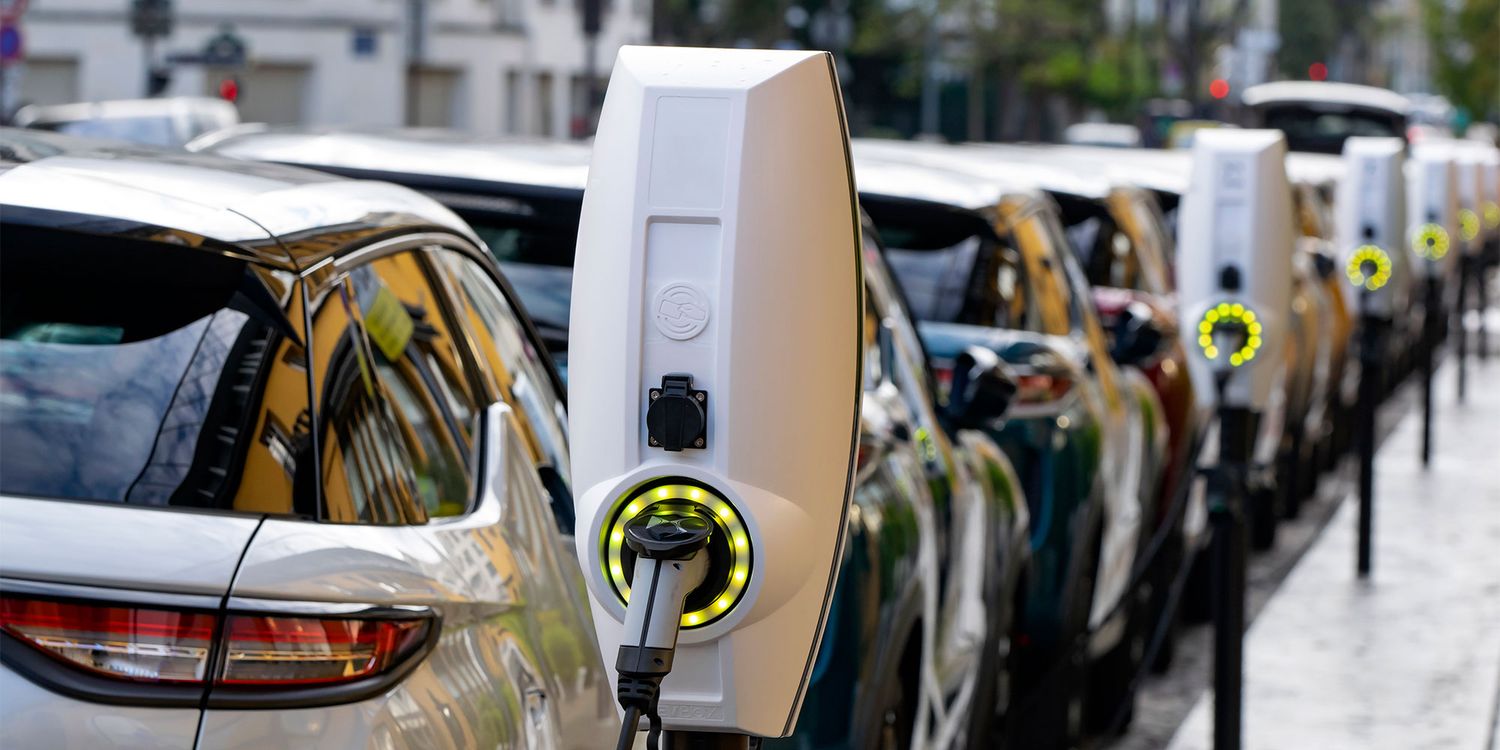
That said, comparable data from other automakers is either very limited or not publicly available at all.
A report by UK-based publication Autocar suggested that some EV models could experience significant battery degradation in less than ten years, with problems becoming more pronounced after a 30% loss in capacity.
At that point, the vehicle’s range could drop to a level that makes it impractical for regular use and for lower-range models, this could render them virtually unsellable on the used market.
Because the EV industry is still relatively new, estimating how long an electric car will last before experiencing substantial battery degradation is far from precise.
With so little historical data to go on, today’s EV owners are essentially becoming the test group that future lifespan predictions will be based upon.
6. Dealing with Extreme Temperatures
As extreme weather becomes increasingly common due to climate change, one notable drawback of electric vehicles is their generally poor performance in cold climates.
Temperature can have a major impact on an EV’s range. According to the Department of Energy, the average range of an EV drops by 41% at 20°F when compared to 77°F.
In contrast, the average gas-powered car only loses about 15% of its range in the same conditions.
For many drivers living in regions where cold temperatures persist throughout large portions of the winter, a 41% reduction in range is enough to dissuade them from considering an EV at all.
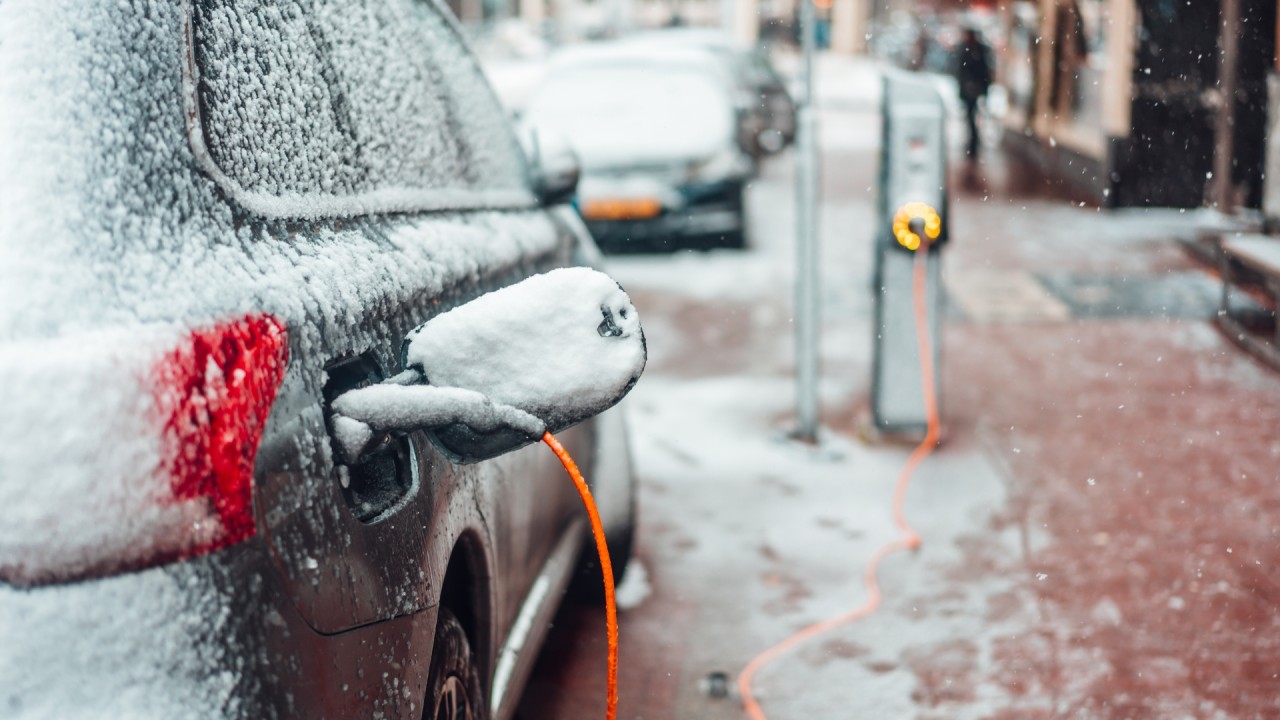
It’s not just range that suffers in the cold. Charging speed is also significantly affected. A study conducted by the Idaho National Laboratory revealed that in cold temperatures, EVs charge much slower.
At 77°F, a 30-minute session with a DCFC fast charger achieved an 80% charge. But at 32°F, that same 30-minute session resulted in just 44% charge.
Currently, there are no easy fixes for these issues. However, if automakers hope to persuade consumers in colder regions to switch to electric, they’ll need to find solutions and quickly.
Also Read: 12 Race Cars That Were So Fast They Got Banned
7. Coal and Gas Power Stations
The main driving force behind the push for electric vehicles is the perception that they are a cleaner alternative to gasoline-powered cars.
EVs produce no emissions from their tailpipes, but focusing only on that aspect risks overlooking the broader context of how electricity is generated in the U.S.
According to the U.S. Energy Information Administration, natural gas was the largest source of electricity generation in 2022, accounting for approximately 40% of the total, while coal-fired power plants contributed around 18%.
Nuclear energy was the second-largest source overall, and although it doesn’t emit greenhouse gases, nuclear energy introduces its own environmental concerns in the form of radioactive waste.

Renewable energy sources made up only about 22% of the country’s electricity generation. This means that the majority of electricity powering EVs still comes from non-renewable sources.
The Department of Energy has stated that America’s total renewable energy capacity is capable of generating 100 times the country’s annual electricity demand, but currently, only a small portion of that potential is being utilized.
Until renewable energy adoption increases significantly, EVs will continue to rely on electricity produced through coal and gas, largely due to the outdated infrastructure of the national grid.
8. Environmental Impact of Mining
Lithium and cobalt are two critical materials used in the production of electric vehicle batteries, and as demand for EVs continues to surge, mining operations for these elements have expanded significantly around the globe.
Lithium mining is currently concentrated in regions such as China and South America, although recent discoveries of lithium deposits in India and in Germany’s Rhine River Valley indicate that even more mining operations are likely to be established in the near future.
A newly published study conducted by scientists from the University of Western Australia described lithium as an “emerging environmental contaminant,” pointing out that lithium contamination is increasingly being detected in both plant life and living organisms.

However, the long-term effects of such contamination remain largely uncertain. Similarly, soil that has been tainted by cobalt is known to pose health risks to humans, yet effective methods for decontaminating that soil still require further development.
As global demand for electric vehicles rises, these environmental concerns tied to the mining of essential battery components are only expected to intensify.
9. Battery Disposal and Recycling
As electric vehicle sales continue to hit new records, it’s expected that a wave of EV batteries will begin reaching the end of their serviceable lifespan within the next 10 to 15 years.
The challenge is that there currently isn’t an efficient, large-scale method for recycling the lithium-ion batteries used in most electric vehicles.
While several startups are working on processes to recover and reuse the materials inside these batteries, these efforts remain relatively small in scale for now.

One of the primary obstacles is that today’s EV batteries are not designed with recycling in mind. To streamline and reduce costs in manufacturing, many batteries are built in a way that makes disassembly and recycling extremely difficult and labor-intensive.
Most of the startups in the battery recycling space are still in the process of securing funding to construct recycling facilities, and the few facilities that do exist are far from sufficient to handle the anticipated influx of used batteries.
If a scalable and profitable method for battery recycling is developed in time, it could prevent a major environmental crisis. But that remains uncertain.
Without such a solution, the alternative could be dumping old batteries into landfills, with potentially harmful consequences for the environment.
10. High Repair Costs
Being involved in an accident while driving an electric vehicle can result in significantly high repair bills, primarily due to the steep cost of replacing a damaged battery.
This issue is becoming increasingly concerning for insurance companies, who are often forced to declare a vehicle a total loss simply because of slight damage to the battery pack.
The complexity of repairing a battery differs from one manufacturer to another. Tesla’s Model Y, for instance, has been singled out by experts as nearly impossible to repair, largely due to its distinctive design and the specific location of its battery within the vehicle.
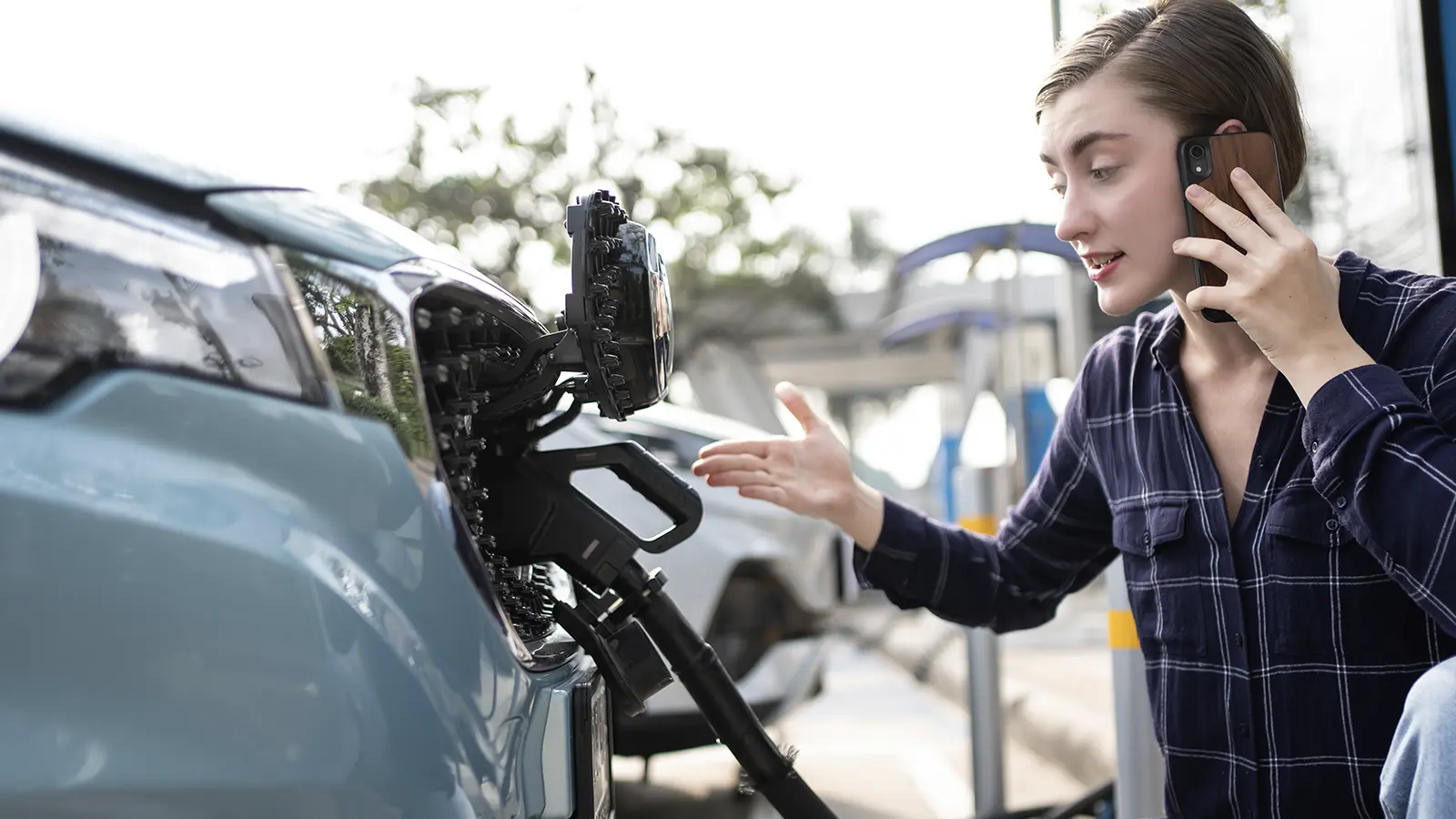
As a result, insurance companies have started increasing premiums for EV owners, adjusting their policies to account for the likelihood of more expensive repairs or complete write-offs.
This challenge also extends to owners of aging EVs. In cases where just a single part of the battery fails and cannot be individually replaced or if the replacement costs are too high it could render the entire vehicle effectively valueless.
While EVs have generally demonstrated strong reliability in their early years, it’s uncertain how many will still be on the road after 15 or 20 years, especially if minor battery issues end up sending them to the scrapyard.

